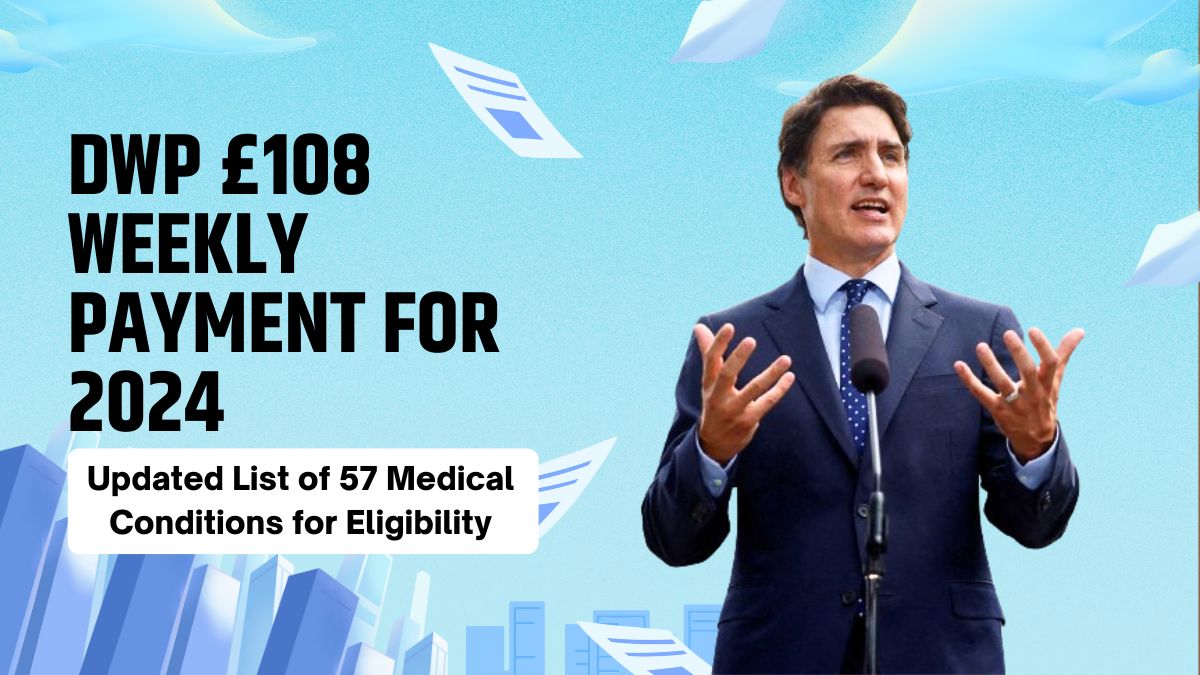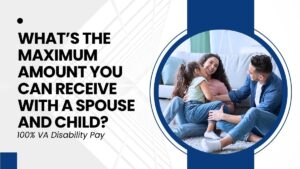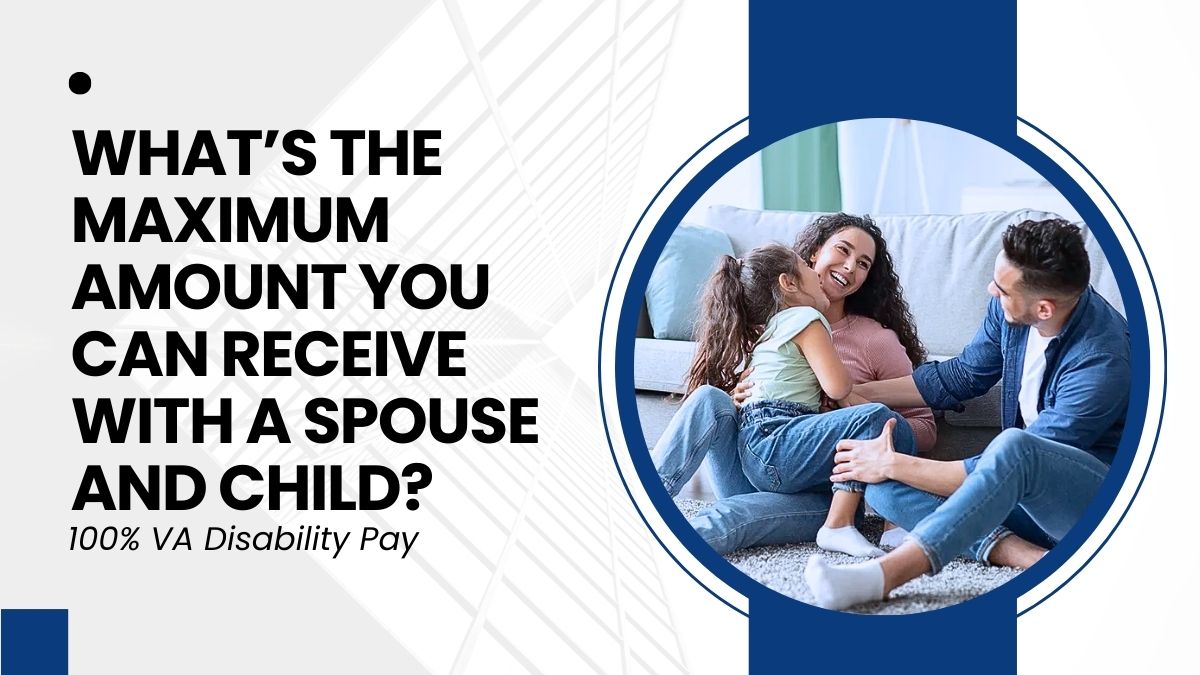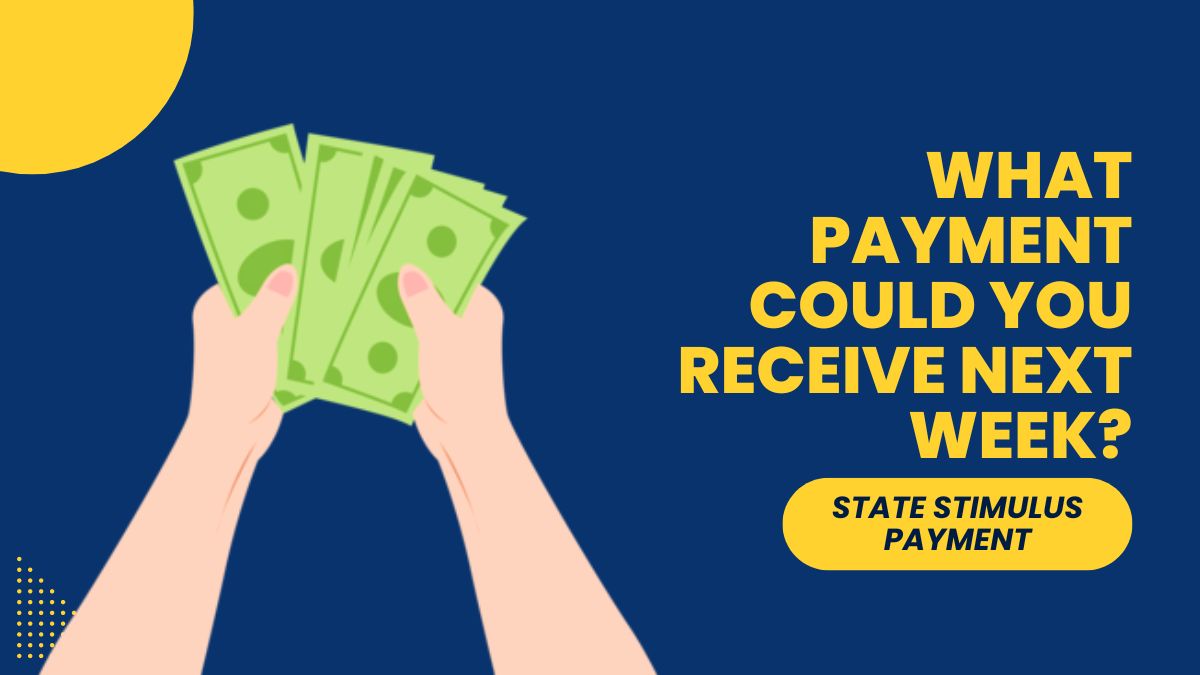Disability Living Allowance (DLA) is a vital benefit offered by the UK’s Department for Work and Pensions (DWP), aimed at supporting families with children under 16 who have disabilities affecting their mobility or daily care needs. Although DLA for adults has been replaced by the Personal Independence Payment (PIP), it remains a crucial resource for about one million children across the country.
In 2024, DLA has seen a 6.7% increase in its rates to align with the rising cost of living, ensuring that families continue to receive adequate financial support. This adjustment reflects the government’s commitment to maintaining the purchasing power of DLA amidst economic challenges. Additionally, the DWP has released a detailed list of 57 medical conditions that qualify a child for DLA, providing clear guidelines for families navigating the application process.
Eligibility
DLA is available to children under 16 who require more care or supervision than their peers due to a disability or who face significant mobility challenges. The list of 57 qualifying conditions is diverse, including disorders like arthritis, epilepsy, severe mental impairments, and various sensory impairments. These conditions are recognized by the DWP as severely impacting a child’s daily life, making them eligible for financial assistance.
Components
DLA is divided into two main components: the Care Component and the Mobility Component. Each is tailored to address specific needs related to a child’s disability.
Care
The Care Component is designed for children who need assistance with personal care, such as eating, dressing, or supervision. For 2024, the rates, adjusted for inflation, are as follows:
| Care Rate | Weekly Payment Amount |
|---|---|
| Lowest | £28.70 |
| Middle | £72.66 |
| Highest | £108.57 |
The payment amount depends on the level of care required. For instance, the lowest rate applies to children needing part-time help, while the highest rate is for those requiring care throughout both day and night.
Mobility
The Mobility Component supports children with difficulties moving around. The 2024 rates are:
| Mobility Rate | Weekly Payment Amount |
|---|---|
| Lower | £28.70 |
| Higher | £72.66 |
Children who can walk but need supervision or guidance outdoors qualify for the lower rate, while those with severe mobility challenges or significant sensory impairments receive the higher rate.
Application Process
Applying for DLA can be done online or by phone, ensuring that the process is accessible to all families. Parents or guardians can fill out a detailed form on the government’s website, providing comprehensive information about the child’s condition and how it affects their daily life.
For those who prefer or need assistance, the DLA helpline offers support through multiple channels, including standard telephone, textphone, and British Sign Language (BSL) video relay service.
Contact Information
For families seeking help during the application process, the DLA helpline is available at:
- Telephone: 0800 121 4600
- Textphone: 0800 121 4523 (for hearing impairments)
- Relay UK: Dial 18001 followed by 0800 121 4600
- BSL Video Relay Service: Available Monday to Friday, 9 am to 5 pm
Medical Conditions
The DWP’s list of 57 medical conditions covers a broad spectrum of disabilities. Some of the key conditions include:
- Arthritis
- Epilepsy
- Visual and hearing disorders
- Severe mental impairments
- Respiratory disorders (e.g., asthma, cystic fibrosis)
- Neurological diseases (e.g., multiple sclerosis)
- Severe developmental disorders
This comprehensive list helps families understand whether their child’s condition qualifies them for DLA, simplifying the eligibility determination process.
Payment Details
DLA payments are typically made every four weeks on a Wednesday. If the payment date falls on a bank holiday, the funds are usually deposited earlier. All payments are made directly into a bank account in the recipient’s name, ensuring secure and timely access to the benefit.
Transition to Other Benefits
As children receiving DLA approach their 16th birthday, they will transition to adult benefits, such as PIP, depending on their location and specific needs. The DWP provides guidance throughout this transition, ensuring a smooth shift to the appropriate support system.
DLA continues to be a lifeline for many families, adapting to economic changes and addressing the unique needs of children with disabilities. This benefit not only helps families manage daily care costs but also ensures that children receive the support they need to live fulfilling lives.
FAQs
What is DLA for children?
DLA is a benefit for children under 16 with disabilities affecting care or mobility.
How are DLA rates adjusted?
Rates are increased annually to match the cost of living, with a 6.7% rise in 2024.
What conditions qualify a child for DLA?
DLA covers 57 conditions, including epilepsy, arthritis, and severe impairments.
How do I apply for DLA?
Applications can be made online or by phone, with support available via the DLA helpline.
When do DLA payments occur?
Payments are made every four weeks, typically on a Wednesday.
















